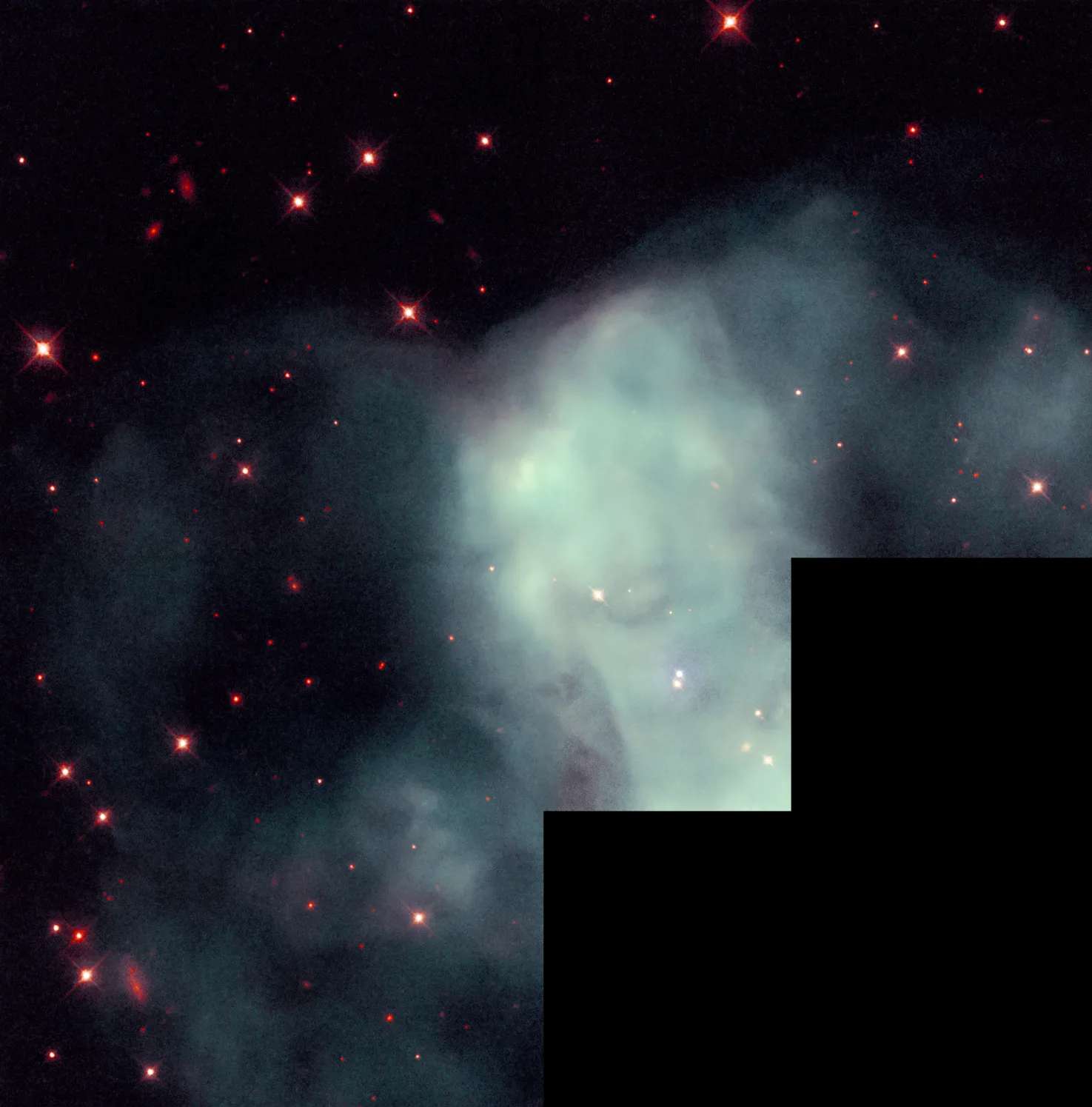M76 | NGC 650/651 | Dumbbell Nebula | Perseus | 2,500 Light Years Away
Messier 76, also known as the Little Dumbbell Nebula or the Cork Nebula, is a planetary nebula located in the constellation Perseus. Discovered by Pierre Méchain in 1780 and later cataloged by Charles Messier, this celestial object is approximately 2,500 light-years away from Earth. The Little Dumbbell Nebula is the remnant of a dying star shedding its outer layers into space, forming a beautiful and intricate structure visible in telescopes.
The central star of Messier 76 is a dense white dwarf, the remnant of the original star that expelled its outer layers to create the nebula. The expelled material forms a shell of gas and dust surrounding the central star, giving the nebula its distinctive appearance. Observations of Messier 76 provide astronomers with insights into the late stages of stellar evolution, as well as the complex processes that occur when a star transitions into a planetary nebula.
The Little Dumbbell Nebula is a popular target for amateur astronomers due to its small size and high surface brightness, making it accessible even with smaller telescopes. Its name originates from its resemblance to the larger and more famous Dumbbell Nebula (Messier 27). Messier 76’s intricate structure and the scientific knowledge it imparts contribute to its significance in the study of stellar death and the formation of planetary nebulae within our galaxy.

